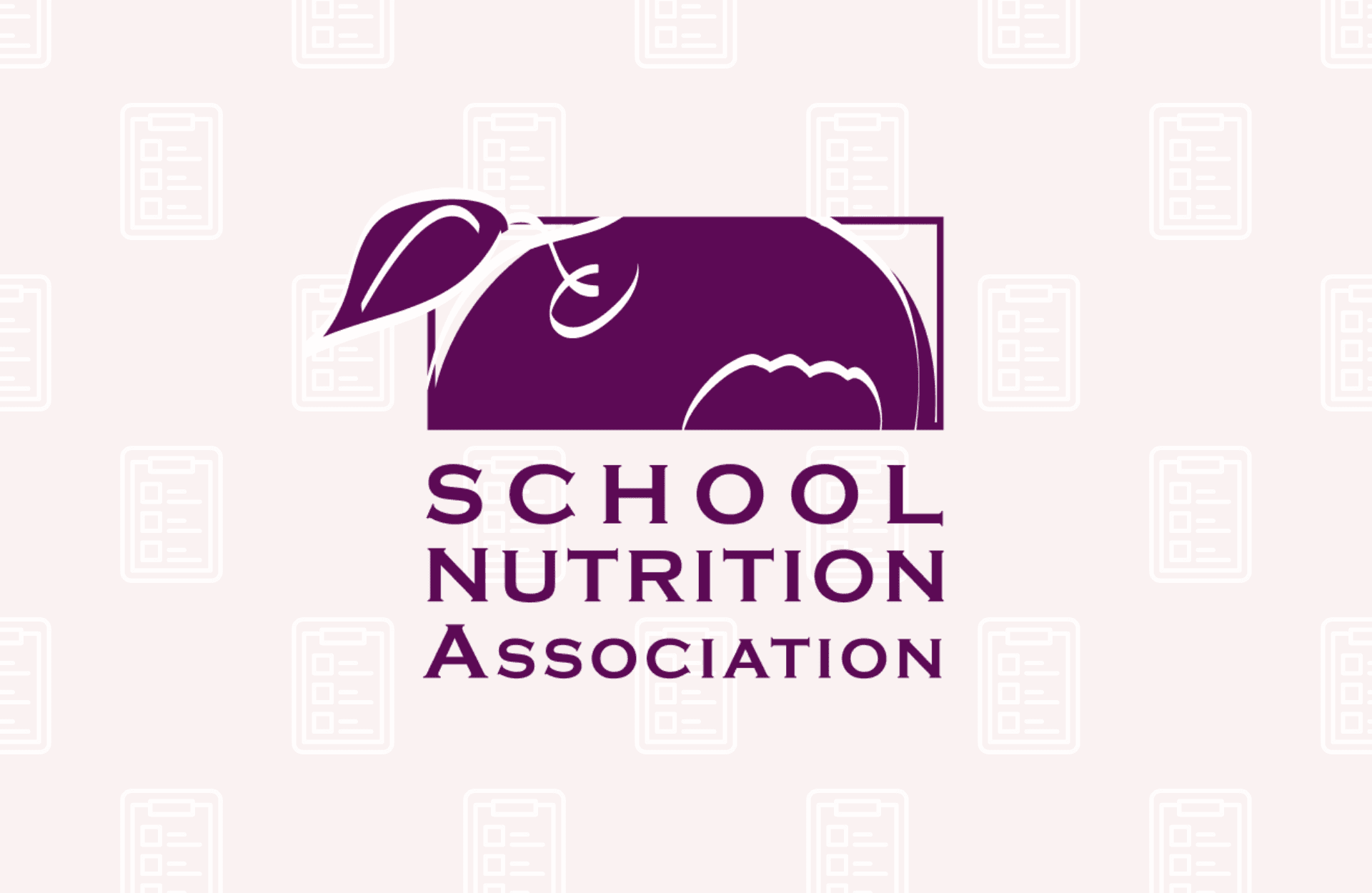FOR IMMEDIATE RELEASE:
Contact: Diane Pratt-Heavner
703-576-7526
media@schoolnutrition.org
New USDA Data: Fewer Meals Served, $2B Loss for School Meal Programs
2021-03-17
SNA implores Congress for emergency financial relief from COVID-19 impacts.
ARLINGTON, VA – New USDA data reveals school meal programs served 30% fewer meals to students and incurred significant losses in federal revenue in the first nine months of the pandemic. The non-profit School Nutrition Association (SNA) continues to urge Congress to provide additional relief funds to keep school meal programs financially sustainable and ensure student access to healthy school meals.
Despite critical pandemic waivers allowing schools to offer free meals to all students from March 2020 through September 2021, an analysis of newly released USDA data shows that between March and November 2020, schools nationwide served 1.7 billion fewer meals compared to the same timeframe in 2019, equating to a $2.1 billion loss in federal revenue for school meal programs.
“The pandemic and school closures have sent school meal programs into a financial tailspin despite extraordinary efforts of school nutrition professionals to continue nourishing students who aren’t able to visit cafeterias each day,” said SNA President Reggie Ross, SNS. “Between the drop in revenue from decreased participation and higher pandemic meal service costs, school meal programs face an uncertain future. Congress must provide additional emergency relief funds to ensure these critical programs remain financially sustainable to serve students in the future.”
In a typical year, school meal programs operate on tight budgets funded by cafeteria sales and federal reimbursements for meals served. Programs receive little more than $3.50 per meal to cover all the food, labor and expenses of assembling a school lunch, including milk, fruit, vegetable, lean protein and grain. To break even, they often rely on additional revenue from a la carte sales and catering programs.
COVID-19 school closures slashed meal program revenue just as food and labor costs spiked due to supply chain disruptions, high demand for meal packaging, and new Personal Protective Equipment (PPE) and cleaning requirements. In a September 2020 SNA survey, a harrowing 62% of school nutrition directors anticipated a loss for School Year 2020/21, with an additional 28% of respondents unsure of what to expect. Financial loss was the top concern cited by 93% of respondents in SNA’s survey.
Congress provided emergency funding for school meal programs in the December 2020 stimulus package, but these funds only covered some early losses incurred from mid-March through June 2020. SNA’s 2021 Position Paper urges Congress to provide additional funds to offset persistent, unsustainable losses and to provide equal access to school meals for all students.
“We must help schools offset these meal program losses, which will impact education budgets at the local level, cutting in to necessary funds for teachers, textbooks and technology,” warned Ross. “On top of this, we anticipate future data will reveal declines in December and January given the dramatic surge in COVID-19 disrupting in-person learning, coupled with winter weather in much of the country hindering grab-and-go service.”
About School Nutrition Association:
The School Nutrition Association (SNA) is a national, non-profit professional organization representing 50,000 school nutrition professionals across the country. Founded in 1946, SNA and its members are dedicated to making healthy school meals and nutrition education available to all students. For more information on school meals, visit www.SchoolNutrition.org/SchoolMeals .
Related Articles

SNA Urges MAHA Commission to Invest in School Meals
Read More

School Nutrition Professionals to Implore Congress to Protect School Meals
Read More




